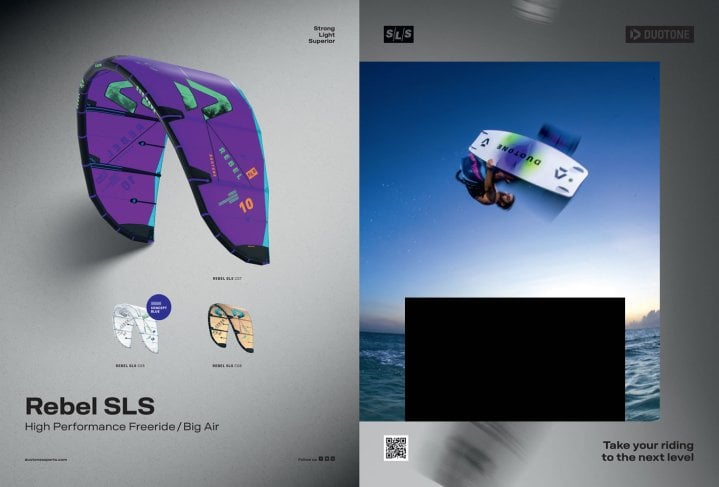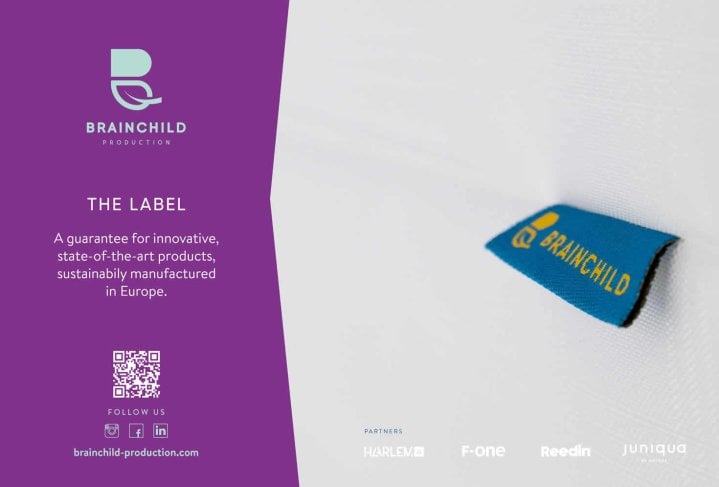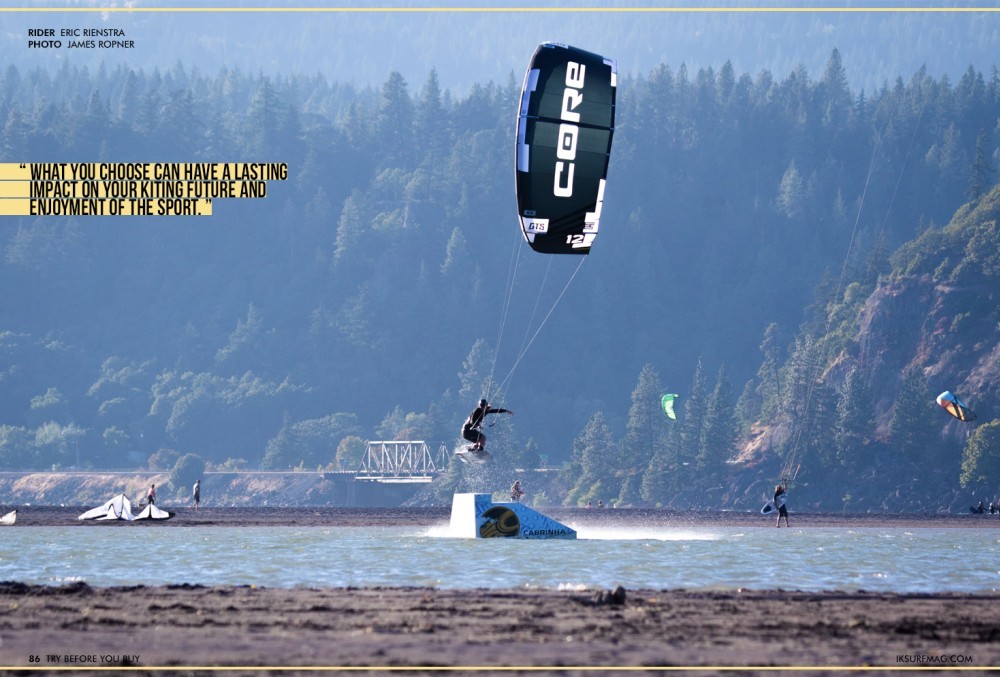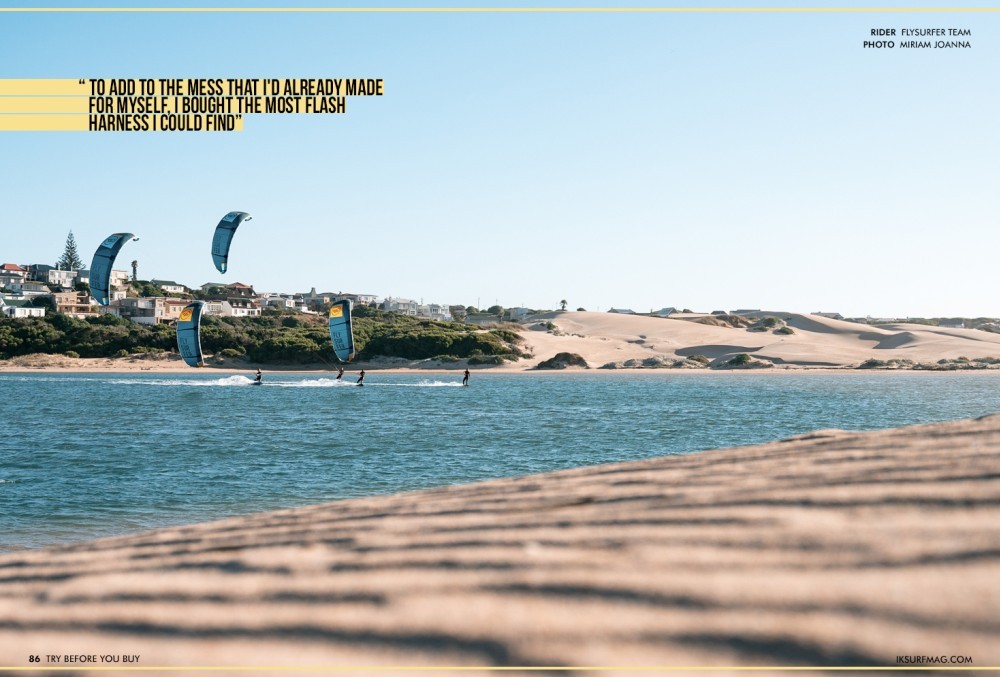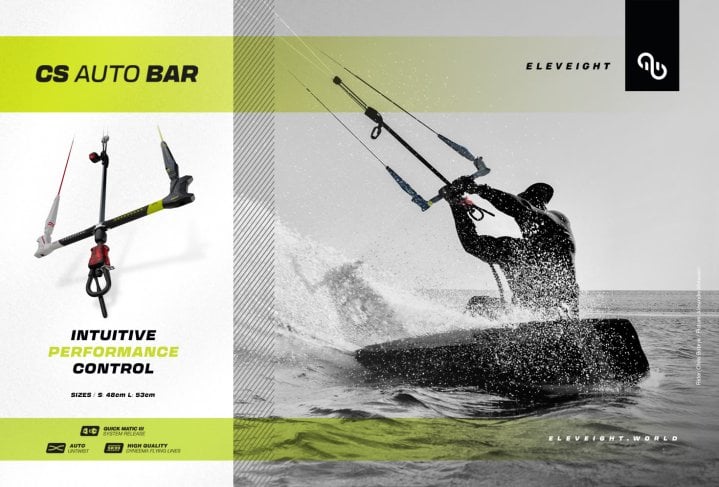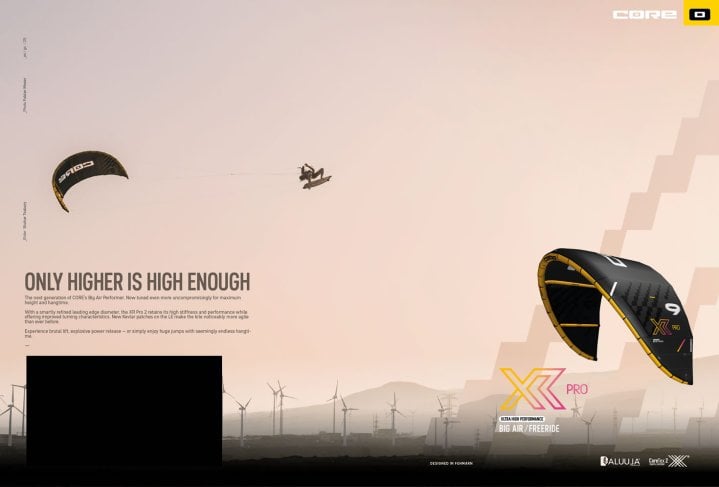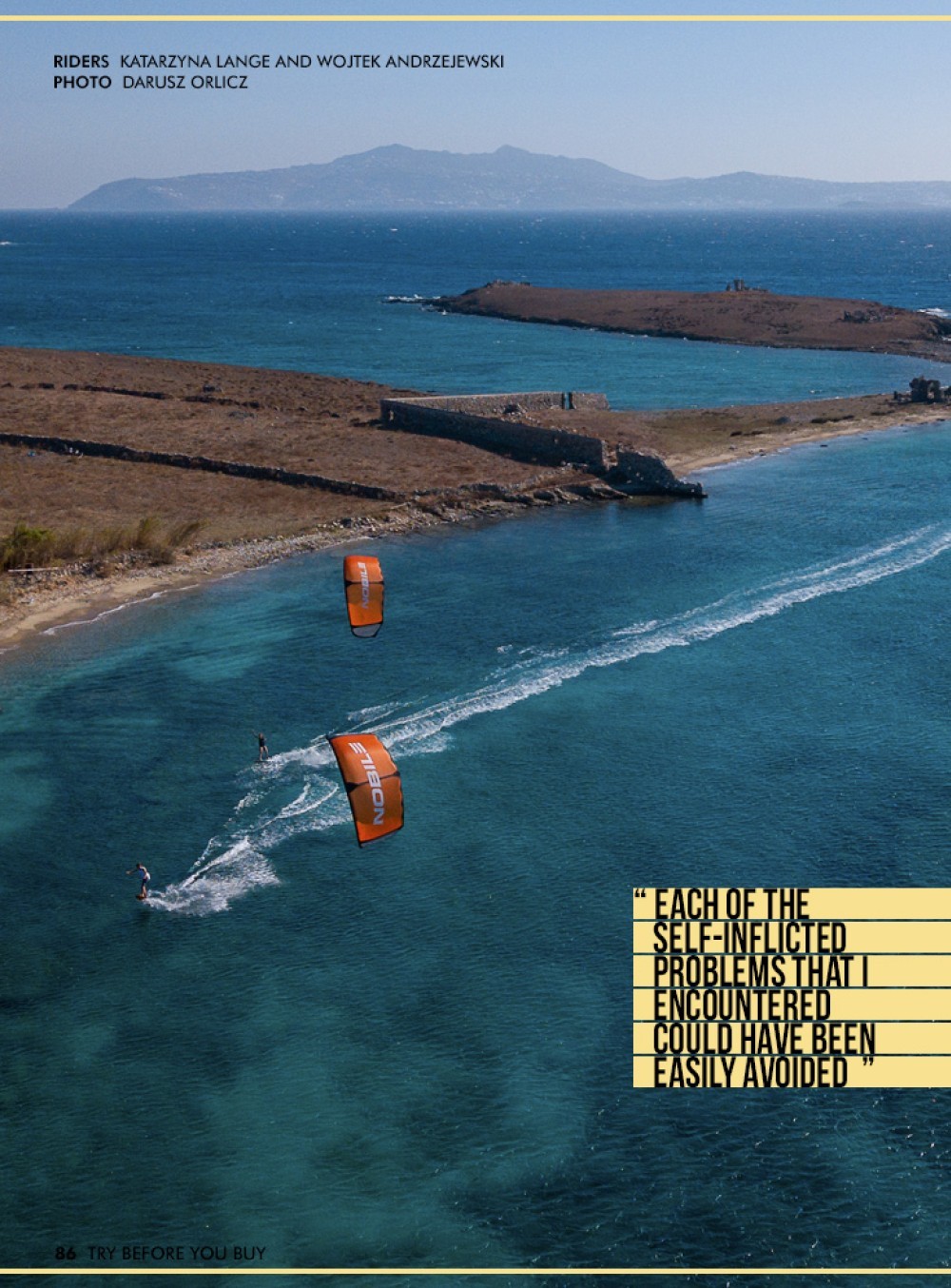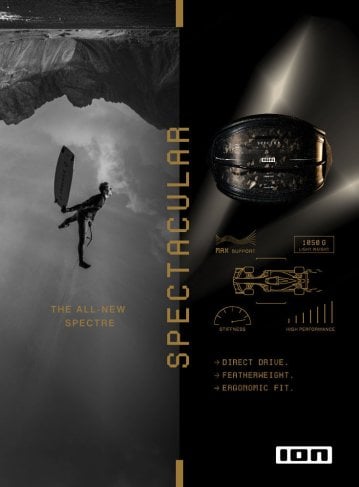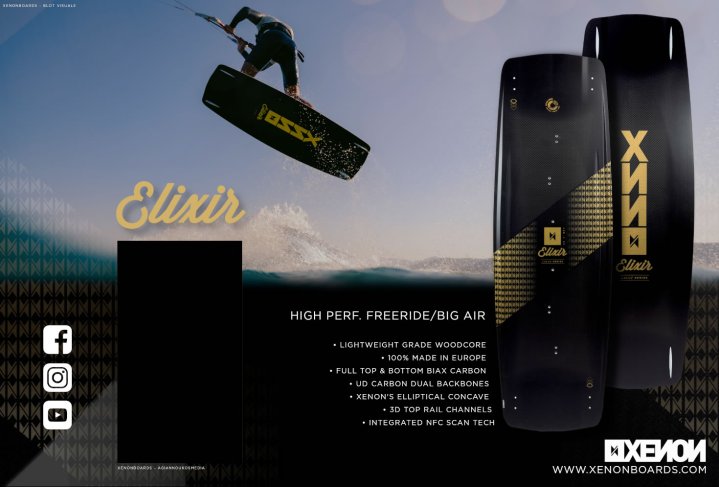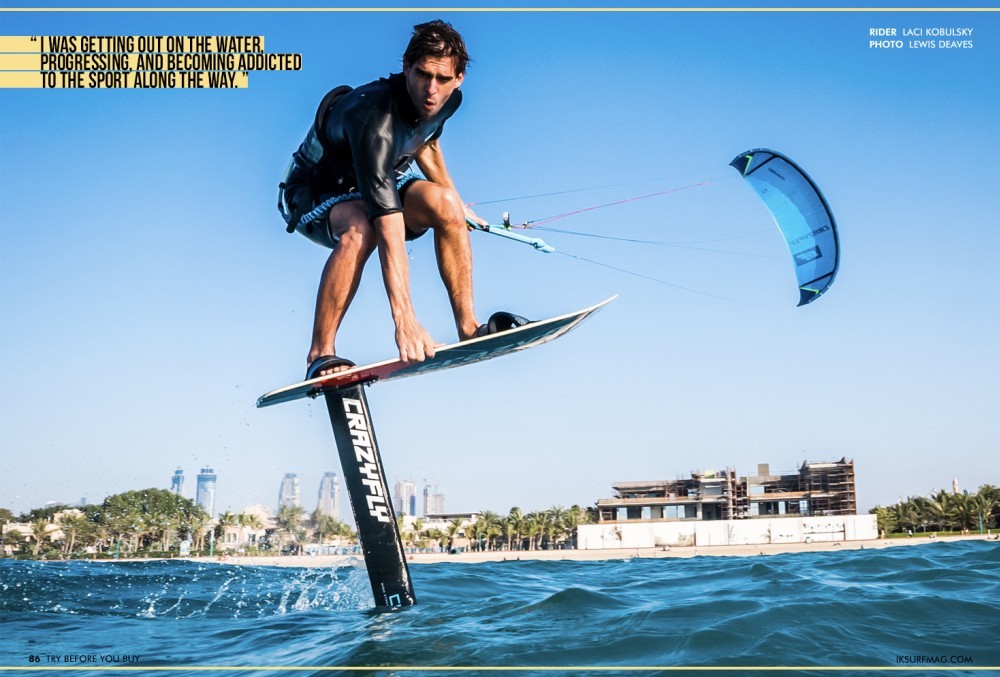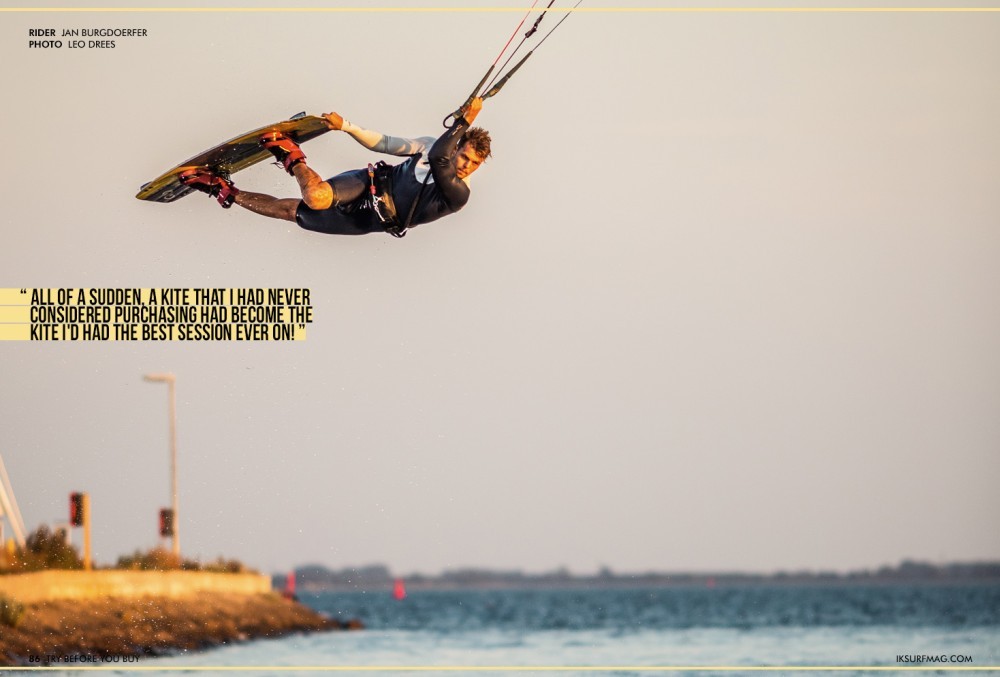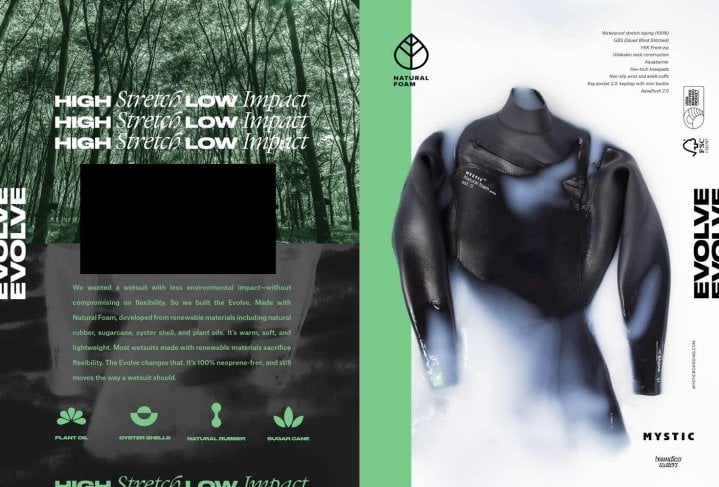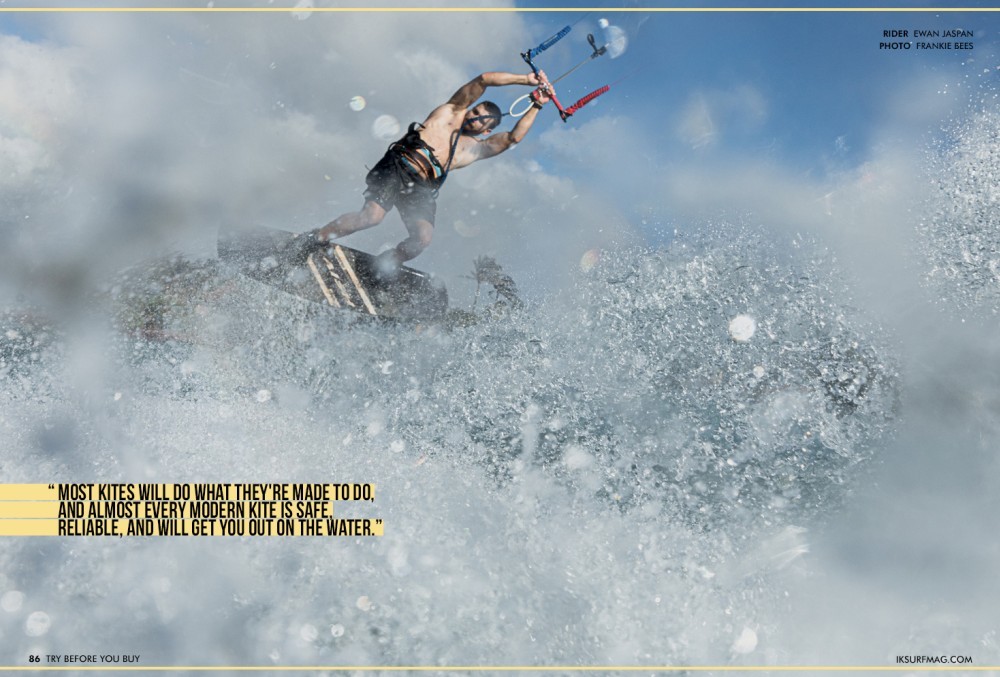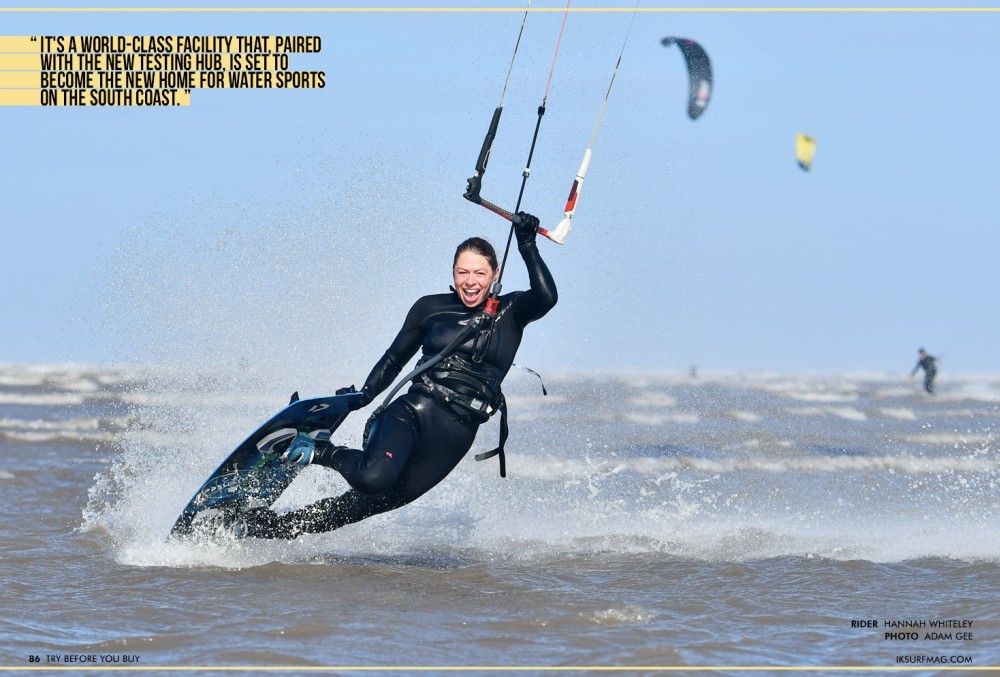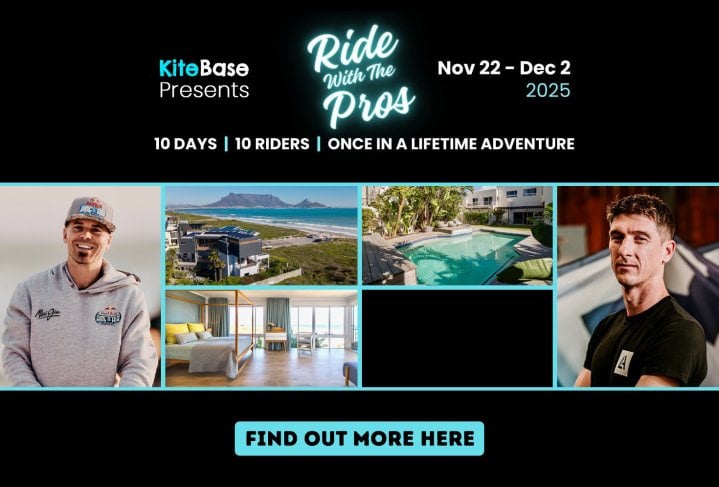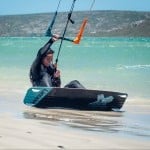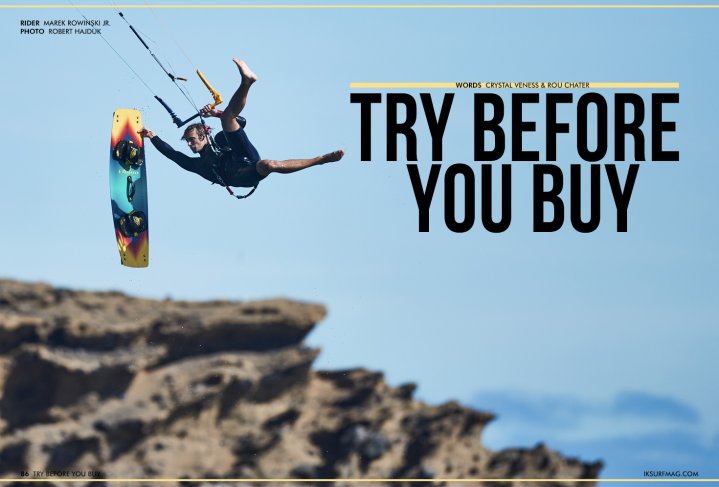
Try Before You Buy
Issue 86 / Tue 13th Apr, 2021
What's the best source of information when shopping around for kitesurfing equipment? Buying new gear is a big decision, and learning the hard way is neither fun nor cost-effective. Crystal Veness and Rou Chater look at some of the most commonly made mistakes and offer up a (literally) groundbreaking solution. Find out the big news right here!
Kiteboarding equipment is, for most, a significant purchase. New kiters typically invest some serious time into research before deciding to drop their dollars (or euros, pound, rand, etc.). They find their answers by perusing brand websites, consulting the local kite community, reading our trusted test reports, or polling the international crowd on social media platforms. It's a big decision, and what you choose can have a lasting impact on your kiting future and enjoyment of the sport.
There are a lot of not-so-good reasons to buy kite gear, and I'll be the first to raise my hand and admit to making the wrong choices on several occasions. If there was a list of Top 5 Mistakes When Buying Kite Gear, I could confidently say that I've ticked off every item on that list.
Too advanced for my level? Check. While doing kite lessons in the Philippines, I remember seeing this talented young shredder, Christian Tio, absolutely rocking it out on the warm water of Boracay Island. Of course, I knew that I wanted to be a pro freestyler just like him one day, so naturally, I had to buy gear suited for freestyle tricks. Yes, I skipped straight to a C kite, assuming that bow kites were inferior. It's kind of like buying a Ferarri after passing your driving test.
Wrong-sized equipment? Yep. A smaller board is easier to travel with, right?! I'd gone with a freeride board, the perfect match for a freestyle kite, obviously. Insert eye roll here. I made a critical error: I never asked for feedback on what size to buy, probably because I thought I already knew everything there was to know! Typical new kiter ego, right? It took about six months for someone to tell me that my board was way too small, making it nearly impossible for me to ride upwind or get going in light wind. This leads me to my next mistake...
The person selling it is cool? Uh-huh. I clearly hadn't learned anything from my first stuff-up because, in an attempt to resolve my second 'board too small' problem, I bought a wakestyle oriented board which one of my favourite riders was using, which was even worse at going upwind! Yes, it was bigger. No, it wasn't better. For me, that is. To make things even more confusing, the next pro rider I spoke to said that my new board was too big! Goodness gracious, now I was really confused!
Colour over comfort? Of course! To add to the mess that I'd already made for myself, I bought the most flash harness I could find, but because there was no stock available in my favourite colour and size on the continent, I couldn't try it on. So I splurged on the extra shipping and brought that turquoise beauty in from overseas. It was a beaut, and it fit well enough, but was horribly uncomfortable. I spent my first few months of kiting popping painkillers to counteract the rib pain that came from my harness rubbing me in all the wrong ways.
Not trying the gear first?! Damn straight. Every piece of equipment I bought in my first year of kiting was ordered online, sight unseen, without ever actually testing it out first. With a little more patience and taking the time to actually try out several brands and kites, I might have saved myself some of the growing pains that I faced in the early days. Each of the self-inflicted problems that I encountered could have been easily avoided by simply trying some gear first.
There was nothing inherently wrong with the gear that I had purchased. It did what it was supposed to do! I was getting out on the water, progressing, and becoming addicted to the sport along the way. The only problem was that the gear wasn't a great fit for me, especially at that point in my kiting life.
You wouldn't buy a car before taking it for a test drive, would you? Sure, if it's a brand known to you and you've driven previous model years of that vehicle, you might trust the manufacturer well enough to assume it will have similar performance. But if you are a brand loyalist, you might still be missing out.
What if there's another car out there with all the features you want, with markedly improved performance over what you're currently driving. What if you just don't know because you've never tried?
And yes, maybe there's an exception to be made for the new Suzuki Jimny because it's perfection on wheels... but that's my visually motivated brain tricking me again. The previous miscalculations described above have made me much more cautious when it comes to big purchases. After taking that boxy beauty out for a test drive, it was immediately clear that it was not a practical kiter car, at least not for me! After testing more than a dozen cars, the one I had the greatest affinity for was a far cry from what I thought I wanted.
It's the same with kite gear, my preconceptions on what I thought made for a high-performance kite had me blinded to almost everything out on the market. After a few years of kiting and a sharp drop off in progression, I tried my first five-strut freeride kite. It was a game-changer. All of the old school moves I'd been trying to stick were suddenly easier. The kite offered so much extra time in the air to contemplate my next move. All of a sudden, a kite that I had never considered purchasing had become the kite I'd had the best session ever on!
When I started wave riding, there was a whole new dimension of performance to examine. Did you know that some wave kites perform best in offshore conditions vs onshore? Or work better for either a frontside or backside rider? Often, the best conditions for a specific wave kite have a lot to do with where that kite was developed and tested and the wind and wave direction on that spot. There are a lot of exceptional wave kites out there available to you, but they may not be best suited to your particular wave.
So how do you make the right choice when buying gear? Taking a look at what the manufacturer has to say about the kite is a good start. The purpose of marketing copy that describes kite gear is to guide you in the right direction. Kite brands want you to be happy with your eventual purchase, so their portrayal of a kite is an excellent place to start.
Listening to other experienced kiters' feedback is also a great option, though making a decision based on word alone is not always sufficient. The performance characteristics that we look for in our gear can vary from person to person. Some people like kites that are slow with a good amount of bar pressure, where others like kites that move quickly and have a light bar feel. What's right for me may not be right for you.
Most kites will do what they're made to do, and almost every modern kite is safe, reliable, and will get you out on the water. But if you know what you're looking for when it comes to your gear's performance, the best way to find out if it's a good fit is to try it before you buy it.
Testing gear before you buy it is crucially important. Of course, for us, we are lucky enough to test some of the best equipment on the planet as soon as it comes out. Some of you might be lucky enough to have a good shop nearby. Even better, you may live near a beach that is popular with demos. However, if you can only try one or two brands from your local kite shop, or you only get to attend a demo day every once in a while, it's hard to get a proper sense of how the gear is performing.
We often get asked by people if they can write reviews on our site. It's a great idea in principle, but our reviews are so trusted that putting user reviews on IKSURFMAG adds a certain weight. How would we police it and be sure the reviews were genuine? Real feedback from real kiters that are experienced enough to communicate how the gear performs? Inauthentic information is becoming a real problem online at the moment, and we want to avoid being part of that problem.
How can we help make testing gear and finding reliable information on these products easier? For a while now, we have had an idea brewing. What if we could have a centre that you could visit and test all the gear we do?
The solution? The all-new IKSURFMAG Test Centre, coming to you in 2021! Your source for testing gear is opening up at Littlehampton Beach on the South Coast of the UK. Just a short drive from London and neatly situated between the south coast's major population hubs, this location also boasts a stunning beach and incredible gear testing conditions.
More than that, we have teamed up with Loop Watersports and The Beach Company, two new businesses that we are partnering with to realise our dream. Liam Dredge is the principal of Loop Watersports and our Test Editor at IKSURFMAG. Jamie Hawkins is the brainchild behind The Beach, a new purpose-built cafe and bar right on the beach in Littlehampton. Alongside his partners James and Dave, they will be offering a wide menu with seating for over 100 people. It's a world-class facility that, paired with the new testing hub, is set to become the new home for water sports on the South Coast.
We're super stoked to be working with these guys. It's an incredible opportunity for us, and while the trajectory of 2021 is perhaps a little uncertain with everything that is happening, we will be opening up soon. Loop Watersports will be offering a full watersports centre with lessons, equipment hire, and a beach club vibe. The Beach will be the perfect spot to relax with a beer afterwards, and the IKSURFMAG Test centre will give you the opportunity to try all the gear we do and write your own user reviews for us here at the mag.
It's going to be an exciting year down on the South Coast, and we can't wait to see it develop. This will become our physical home outside of the digital sphere. A place where we can meet you, run events, have fun on the water, and enjoy a beer as the sun sets afterwards.
Expect big things to come. For now, check out the websites for Loop Watersports and The Beach to get a taste of what's ahead.
https://www.thebeachlittlehampton.co.uk/
https://www.loopwatersports.co.uk/
By Crystal Veness
Editor at IKSURFMAG, Crystal Veness hails from Canada but is based in South Africa. When she isn't busy kitesurfing or reporting on the latest industry news for the mag, she is kicking back somewhere at a windy kite beach or working on creative media projects.


